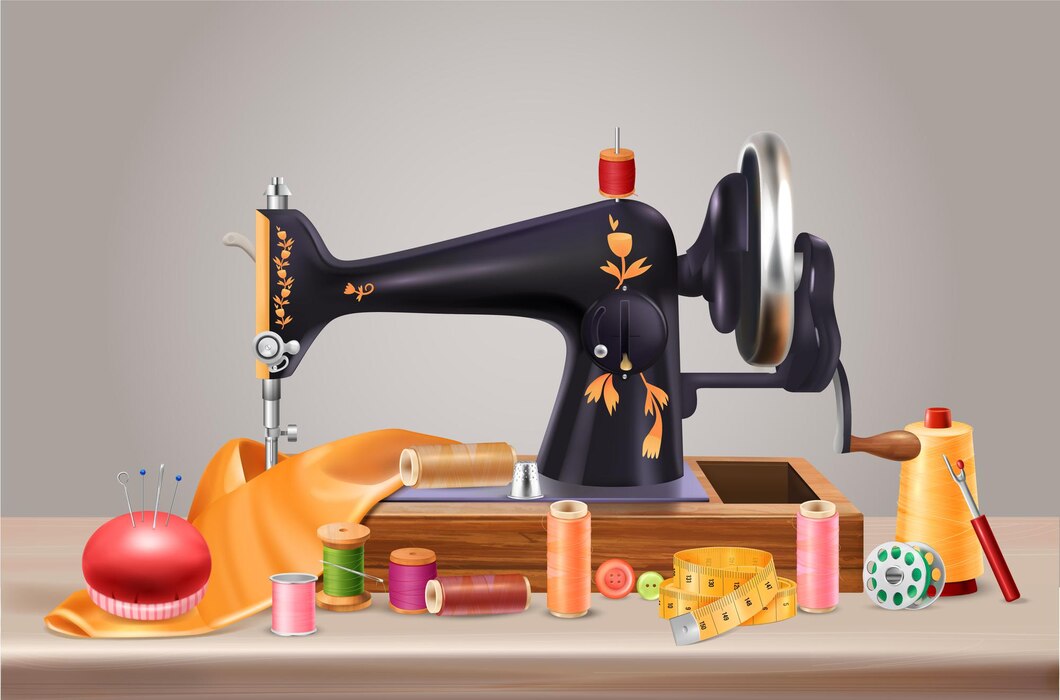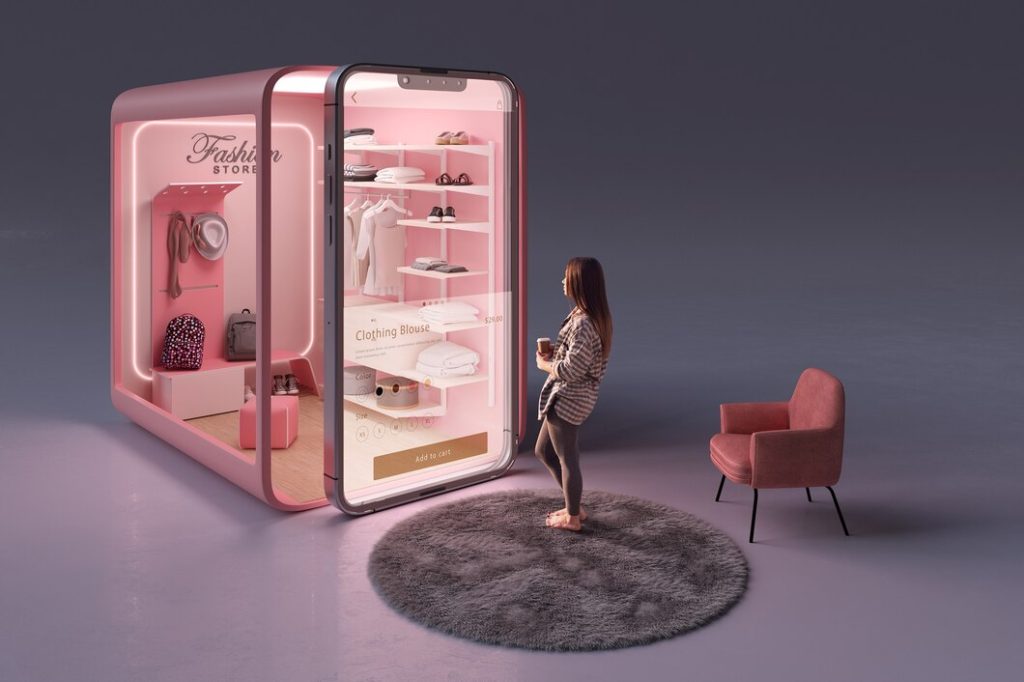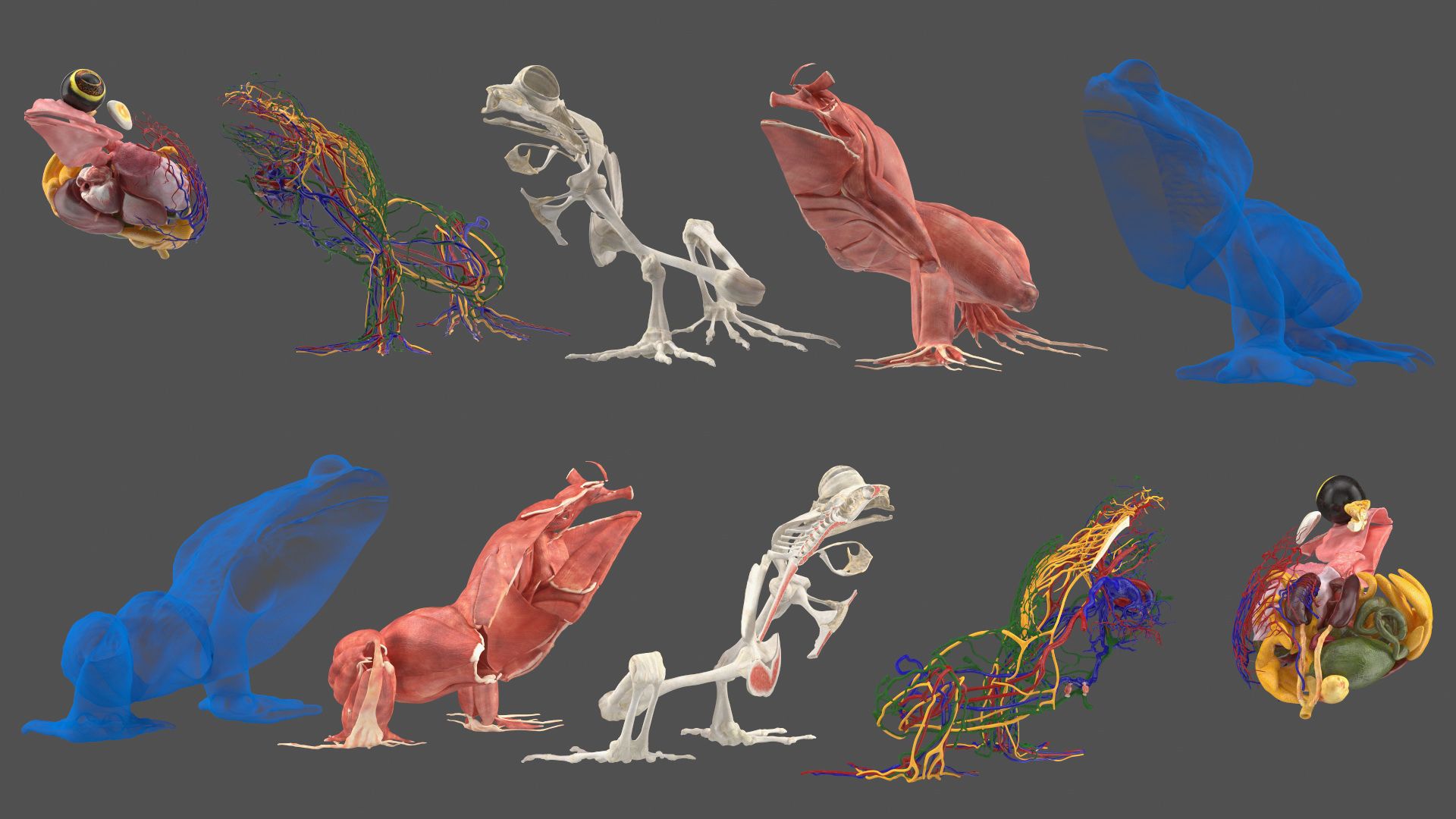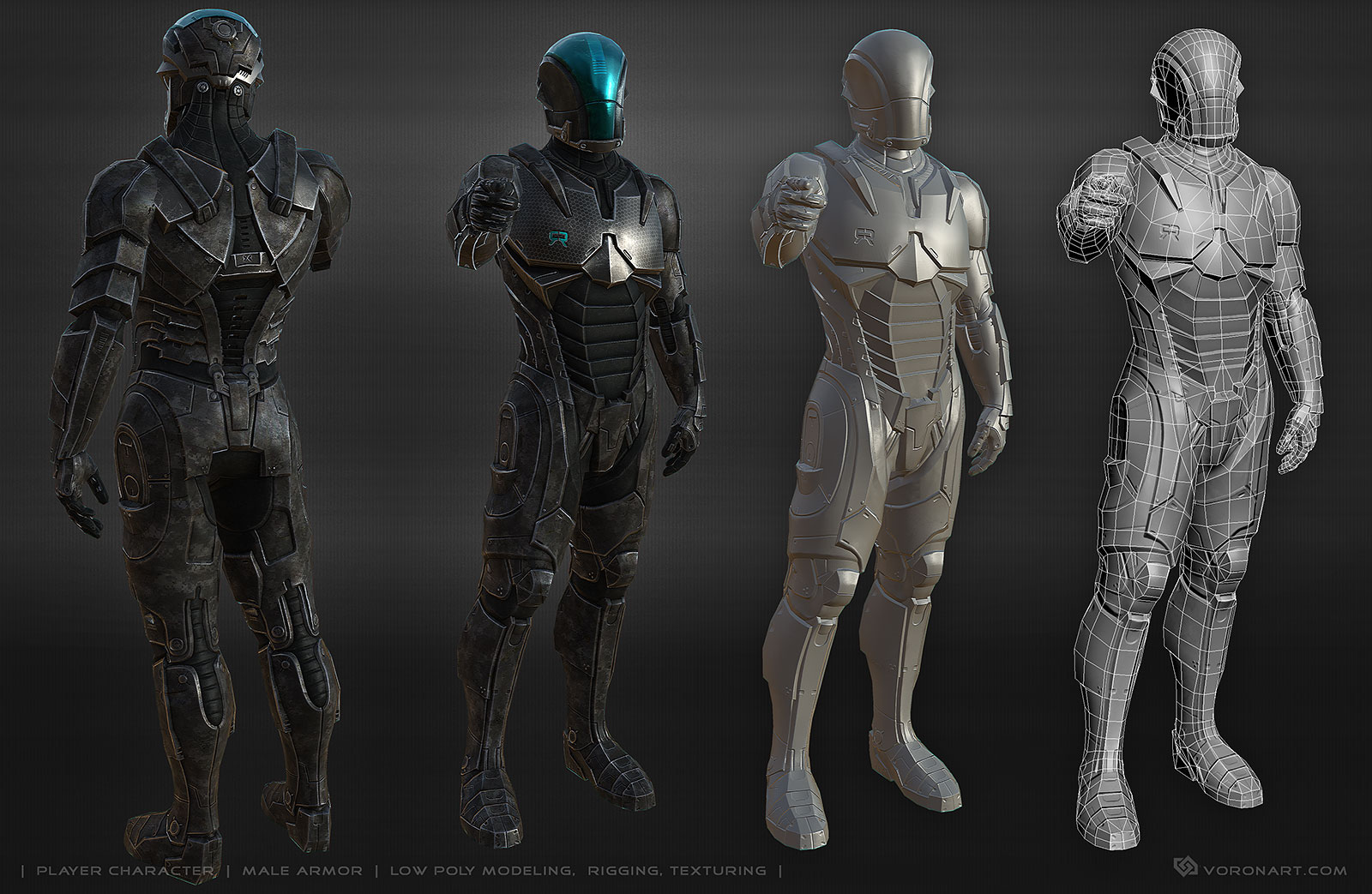
Innovative Applications of 3D Models in the Fashion Industry
Once the sole domain of architecture and animation, 3D modeling is cutting a swathe through the fashion industry by transforming the way designers conceive, visualize, and construct their creations. Let’s unfold the exciting and innovative applications of 3D models that are reshaping the fashion industry.

Virtual Prototyping and Fit Testing:
One of the industry’s foremost 3D applications is virtual prototyping. By using 3D modeling, designers can visualize their creations in a comprehensive and detailed virtual environment before manufacturing their designs physically. This eliminates the need to construct numerous physical prototypes, thereby leading to significant cost and time reduction.
Fit testing has also taken on a new dimension with 3D tech. Virtual mannequins, reflecting diverse body types and sizes, can model designs, offering valuable insights about garment fit, drape, and sizing. This not only ensures that created garments flatter diverse body shapes but also promotes inclusivity in fashion design.
Digital Fashion Shows and Presentations:
3D modeling is also altering the dynamics of fashion shows and presentations. Digital fashion shows, featuring 3D modelled apparel donned by virtual models, are growing in popularity. These environmentally-friendly, highly-accessible digital fashion events can reach global audiences without the extravagant costs and carbon footprint of traditional runway shows.
Personalized Shopping Experiences:
With online shopping on the rise, 3D models are creating more personalized and interactive shopping experiences. Retailers can provide customers with 3D views of garments, helping them better understand the product. Some brands take it a step further with virtual fitting rooms, where customers can create their own avatar according to their body types and virtually try on clothes.
Sustainable Fashion Practices:
From a sustainability perspective, 3D modeling is a game-changer. The traditional fashion design process involves a significant amount of waste, with numerous physical prototypes being developed and discarded before a design is finalized. Virtual prototyping mitigates this issue by enabling extensive tweaks and revisions in the digital realm before a single garment is physically produced.
Education and Training:
3D modeling tools are revolutionizing how fashion design is taught and learned. In educational settings, students can use 3D design to learn about garment construction, fit, and material behavior in an interactive, immersive environment. This hands-on exposure furthers their understanding in ways traditional methods might not permit, setting a strong foundation for future innovation.
Fashion Tech Wearables and Smart Garments:
The incorporation of digital technology into clothing is another intriguing movement buoyed by 3D modeling. Fashion tech wearables like smart-glasses, fitness trackers, and even LED-laced dresses are visualized and designed using 3D models before integrating the digital components.

3D modeling is pushing the fashion industry into uncharted territories, taking it to new heights of creativity, sustainability, and efficiency. In an industry known for its dynamic and fast-paced nature, technology like 3D modeling, which offers such extensive possibilities and benefits, is invaluable.
As we look ahead, it’s easy to envision a world where 3D models are integral to all aspects of fashion – driving design innovation, bridging gaps in communication between designers and consumers, and championing sustainable practices.
The potential of 3D modeling in fashion is just beginning to be realized, and it’s an exciting time to be part of this digital revolution. The future of fashion is not just in threads and textiles—it’s in pixels and polygons. The familiar rustle of fabric will soon be accompanied by the hum of 3D printers and the glow of digital displays, and it’s a future we can all look forward to with anticipation.



